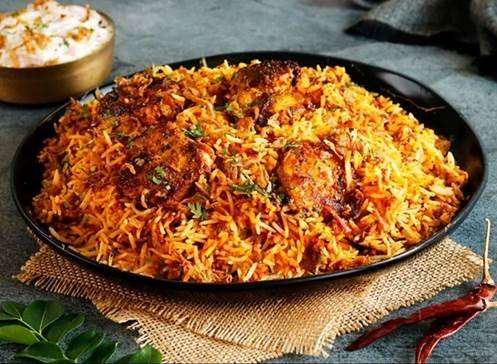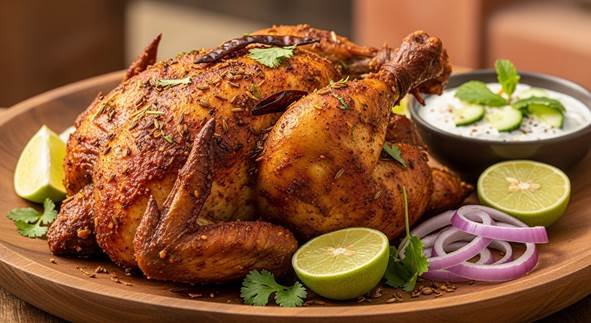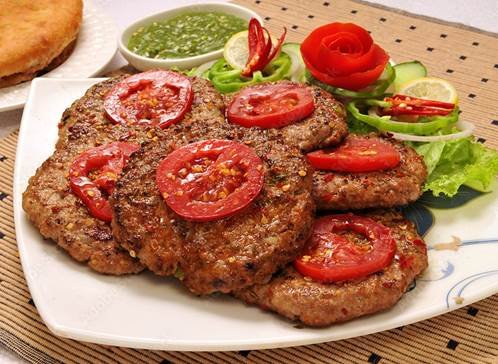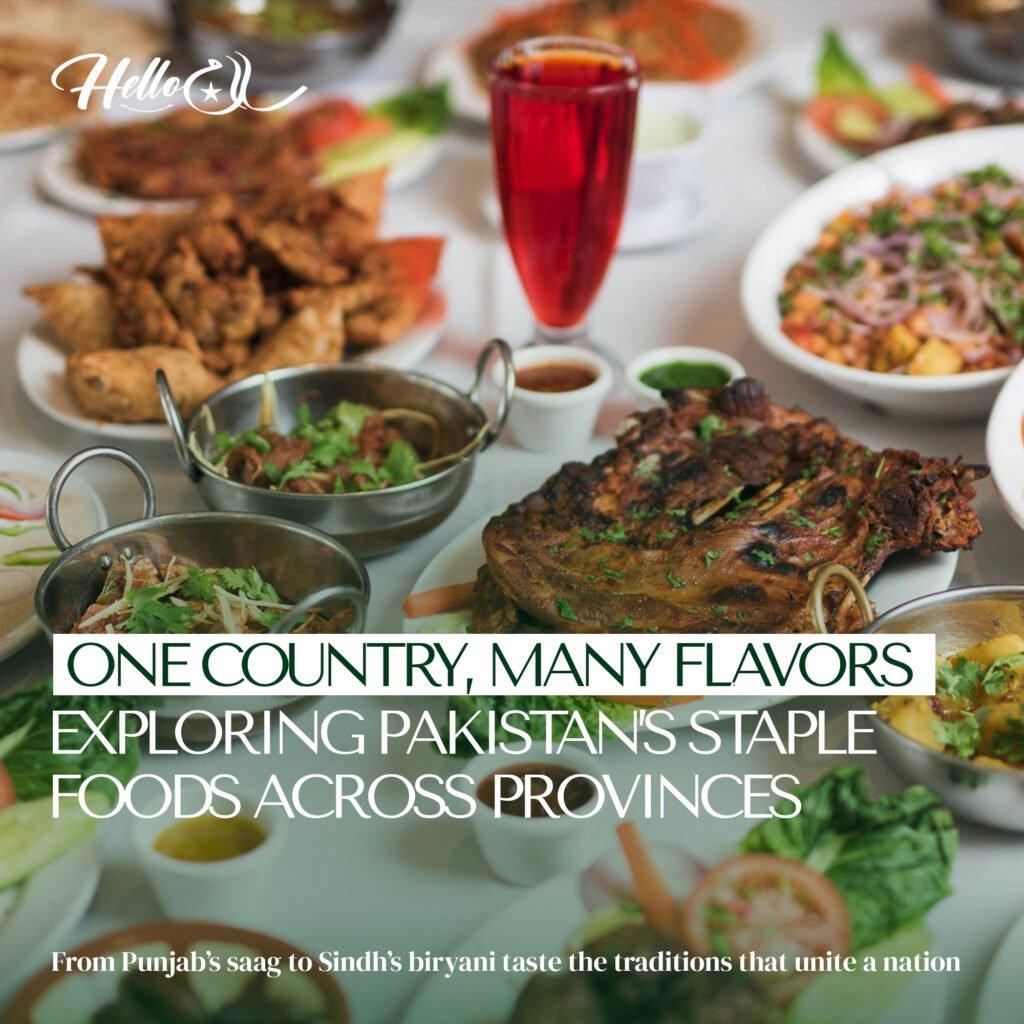The Essence of Staple Food in Pakistan
A staple food refers to the primary food that forms the foundation of a region’s diet. In Pakistan, wheat, rice, and maize are the major staples that sustain millions. These ingredients serve as the base for countless traditional dishes enjoyed across the country.
Examples of Staple Foods in Pakistan:
- Wheat: Used for chapati and paratha, especially in Punjab and Khyber Pakhtunkhwa.
- Rice: A major staple in Sindh and southern Punjab, often paired with curries.
- Maize: Commonly used in traditional dishes like makai ki roti in northern regions.
Staple Foods Across Pakistan’s Provinces
Each province of Pakistan has its own distinct culinary identity, built upon the same staples but expressed through regional tastes and techniques.
Punjab: The Land of Wheat and Flavor
Punjab is known for its hearty meals that celebrate wheat. Chapati and naan are served daily with lentils, vegetables, or meat dishes. Popular foods include saag (mustard greens) and makai ki roti. Punjabis love rich, buttery flavors, whether it’s a plate of paratha or halwa puri for breakfast.

Sindh: Sindhi Biryani
Sindh’s cuisine revolves around rice. From the world-famous Sindhi biryani to Sai Bhaji (spinach and lentil stew), rice complements nearly every dish. Fish is also a staple for coastal communities, while lentils and pickles add zest to daily meals.

Balochistan: Simplicity Meets Flavor
Baloch cuisine is built on meat and wheat, with dishes like Sajji (roasted meat) and Kaak (hard bread) representing the province’s nomadic roots. The emphasis is on natural flavors, slow-cooked meals, and traditional clay ovens that enhance the smoky essence of their food.

Khyber Pakhtunkhwa: The Taste of Tradition
In Khyber Pakhtunkhwa, wheat and maize dominate the menu. Locals enjoy Chapli kebabs, Kabuli pulao, and roti made from wheat or maize flour. The cuisine here is simple yet packed with flavor, perfect for the province’s cold climate and rugged terrain.

Gilgit-Baltistan & Azad Kashmir: A Blend of Mountains and Culture
In the northern regions, barley and maize serve as staples. Dishes like Harissa (a meat and wheat porridge) and Chapshuro (meat-filled bread) showcase the high-altitude influence on cooking styles. These meals are filling, warm, and perfect for cold mountain weather.

Pakistan’s Staple Foods by Province
| Province | Staple Food | Famous Dishes | Unique Feature |
| Punjab | Wheat, Maize | Saag, Makai ki Roti, Paratha | Rich, buttery flavors |
| Sindh | Rice | Sindhi Biryani, Sai Bhaji, Fish Curry | Spicy, rice-based meals |
| Balochistan | Wheat, Meat | Sajji, Kaak, Landi (dried meat) | Smoky, earthy, simple cooking |
| Khyber Pakhtunkhwa | Wheat, Maize, Rice | Chapli Kebab, Kabuli Pulao | Protein-rich, savory meals |
| Gilgit-Baltistan | Barley, Maize, Wheat | Harissa, Chapshuro | High-altitude, warming foods |
| Azad Kashmir | Wheat, Rice | Roghani Naan, Gosht Curry | Mild, flavorful combinations |
Why Are Staple Foods Important?
Staple foods play a vital role in ensuring food security and maintaining nutritional balance. They provide carbohydrates, fiber, and energy needed for daily life. In Pakistan, they also serve as cultural anchors, forming part of festivals, family gatherings, and everyday dining rituals.
Key Takeaway:
Staple foods like wheat, rice, and maize are more than dietary choices; they’re a reflection of Pakistan’s identity, connecting its diverse provinces through shared traditions of flavor and warmth.
How Climate Shapes Pakistan’s Staple Foods
Pakistan’s varied geography, from coastal Sindh to mountainous Gilgit—has a major influence on its staple food crops.
- Wheat thrives in the plains of Punjab.
- Rice flourishes in Sindh’s fertile lands.
- Maize and Barley grow in cooler northern regions.
This natural diversity ensures that every corner of the country contributes something unique to the national table, making Pakistan’s cuisine both balanced and beautiful.
A Culinary Journey Across Borders
Pakistan’s staple foods also link it to neighboring cuisines. Like India, rice and wheat dominate, while the use of spices, lentils, and dairy reflects Central and South Asian influences. Yet, every province adds its own twist, turning everyday ingredients into unforgettable dishes.
FAQs
1. What is the staple food of Pakistan?
The staple food of Pakistan includes wheat, rice, and maize, forming the foundation of most meals.
2. Why are staple foods important?
Staple foods are crucial because they provide essential nutrients and are affordable, making them accessible to all communities.
3. What are some examples of staple foods in Pakistan?
Examples include chapati, biryani, makai ki roti, saag, and kabuli pulao.
4. Which province of Pakistan uses rice as a staple food?
Sindh is known for rice-based dishes like Sindhi biryani and Sai Bhaji.
5. How does climate affect Pakistan’s staple foods?
The climate determines crop growth warm plains favor wheat and rice, while cool mountains support maize and barley cultivation.
Stay tuned with Hello Salam PK for more cultural insights, food stories, and authentic flavors from Pakistan’s heartland!




